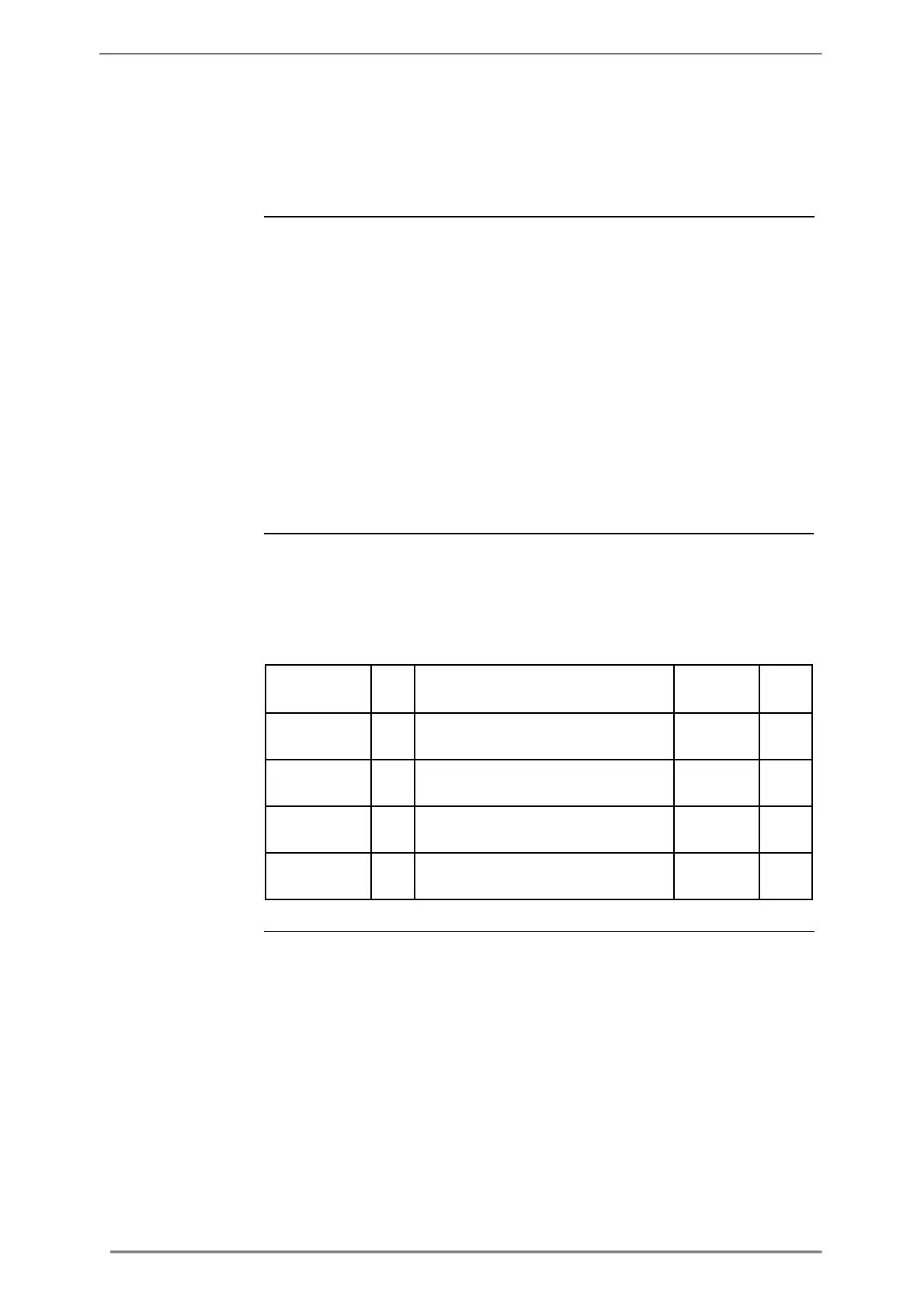Communication with Modbus
2CMC48001M0201 119 A43/A44
Revision: C User Manual
9.5 Historical Data
In the Modbus mapping all historical data is organized as entries. This concerns
Previous values, Demand, Load profile and Event logs.
Entry number 1 is the most recent entry, entry number 2 is the second most recent,
and so on. Entry number 0 is not used.
Readout of all types of historical values is made by writing to a group of registers
called Header and reading from one or more groups of registers called Data
The Header is used for controlling readout with respect to date/time or entry
numbers, and for loading new entries into the Data blocks. The data blocks
contain the actual data, for example event log entries or energy values.
When there are no more entries to read all registers in the Data blocks are set to
There are a number of standard commands that are used in the same way when
reading out any type of historical data. These are represented by registers in the
Header, separately mapped for each functionality, but with the same names.
The following table describes the common header registers:
Get next
entry register
Write the value 1 to this register to load
new values in the Data block(s)
Write to this register to choose an entry
number to start reading from
Write to this register to choose a date/
time to start reading from
Write to this register to choose the
The Get next entry register is used to continue an ongoing readout, which was
started by writing to any of the Entry number, Date/Time or Direction registers.
If the direction in Direction register is set to backward the Data block is loaded
with older data. And correspondingly, if the direction is set to forward the Data
block is loaded with more recent data.
